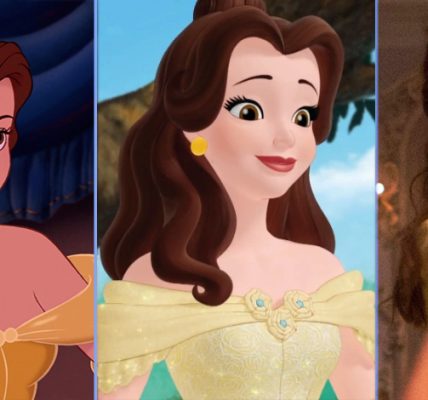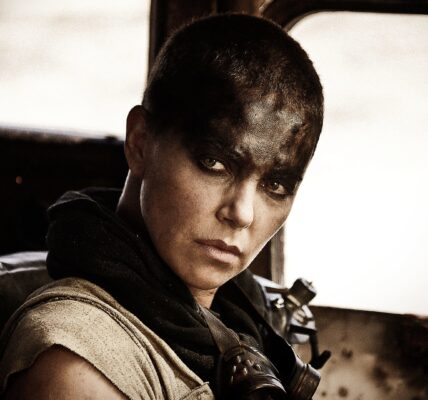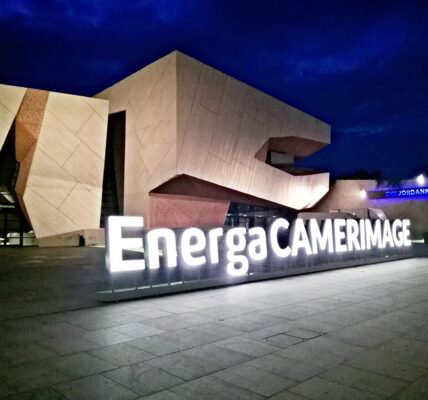If at any point in the past 25 years you have become fascinated with films and filmmaking the chances are that, somewhere along the way, you’ve paid attention to the work of Gary Rydstrom. Having worked on films as diverse as Terminator 2: Judgement Day (1991)¾for which he received one of his two Academy Awards for Best Sound, the other being Saving Private Ryan (1998)¾Jurassic Park (1993), Titanic (1997) and Punch Drunk Love (2002), Rydstrom has a vast amount of experience in creating memorable soundscapes across all genres.

Gary Rydstrom
He is currently based at Skywalker Sound in Northern California, part of a filmmaking community that’s long been a centre for creative sound design dating back to Walter Murch, Alan Splet and Ben Burtt. Most recently Rydstrom has finished working on Steven Spielberg’s upcoming Lincoln; having previously worked with the filmmaker on projects like Jurassic Park, Saving Private Ryan and Minority Report (2002), he describes their latest collaboration as “very different… very wordy… very talky.”
Indeed, it was Spielberg’s Indiana Jones and the Temple of Doom back in 1984 that gave Rydstrom his first job as audio technician on a feature film. Having studied film at USC, he recalls that he came into contact with Lucasfilm via one of his tutors—the same person who had recommended Ben Burtt to the company in the mid-1970s. “Send us one of those Ben Burtt guys” is how Rydstrom describes the enquiry Lucasfilm made when they were looking to recruit more new staff a decade later. Beginning his career at Lucasfilm by working for Sprocket Systems (now Skywalker Sound), his first task was working in the machine room preparing kit for Burtt. After assisting on Temple of Doom, he worked as sound designer on Ron Howard’s Cocoon, alongside Gary Summers, in 1985.
Rydstrom’s favourite memory of working on the film is trying to determine what he describes as the “alien glow sound”. Inspiration came from an unlikely source; having received champagne glasses as a wedding gift, he realised that running a finger around the edge of one made a harmonic sound. This was recorded and then adapted in Sprocket’s sampler facility to create the sound that we now associate with the folks from the planet of Antarea. The work on Cocoon proved to be a creative epiphany for Rydstrom who remembers thinking that it was “really cool to use things from my real life. There’s nothing as interesting as a real sound effect”. The lesson has endured throughout his career.
It’s a career that he attributes to his mentor Ben Burtt, describing the great man’s work that he did for the Star Wars films as “genius”, because “none of the sounds are synthesised”. Sound is powerfully rooted in a real-world soundscape, Rydstrom noting that even in modern filmmaking, “visual effects can make photoreal humans; you cannot synthesise something organic in sound”.
To create these powerful soundscapes, he explains that, “as often as possible I try to do sound design and mixing. When I’m doing both I try to get involved as early as possible”. This collaborative approach underpins everything at Lucasfilm. “George [Lucas] loves to think of everything running in parallel, [and] not being locked into a decision [that was made previously].
“The collaboration part is something the film industry doesn’t do too well,” Rydstrom continues. “I’d love to talk to a production designer, as by understanding the look and spaces of a film during pre-production I would be afforded the best opportunity to think about the best approach to sound.” He is keen to note, however, that the attitudes of Spielberg, George Lucas and Pixar¾“a high-tech version of an old-fashioned studio”¾all hark back to the studio era of working with the same crew across films and with a sense of shared knowledge across a project. “The good directors are rare,” he says, “and are good at making everyone feel about film as a whole.”
It’s clear that Rydstrom believes long-time collaborator Spielberg to be such a director. “His secret is that he can think like an audience,” he explains. “He’s such a good audience of his own movies. Because he’s so busy doing other things he can have objectivity. He combines objectivity with exuberance. When things are working he doesn’t hide it well.”
Indeed, Rydstrom’s work with Spielberg on AI: Artificial Intelligence is the achievement of which he is most proud. “I loved it. It had a feel unique to that movie. It stayed true to Kubrick’s first thoughts, to the tone and the look. It had a unique pedigree. For sound, we worked hard to find a unique magical sound; sounds that felt Kubrick-like. I felt very inspired. John Williams did the same thing with his score.”
Yet, as he explains, working with the same director doesn’t necessarily make the job of sound design any easier. “What’s hard about a movie like Lincoln,” he says of his latest project, for which he was responsible for mixing sound effects and Foley work, “is that it is about real characters in a real space. It’s a movie where you would think you’re with Lincoln. So Ben Burtt tried to be authentic, recording clocks in the White House, including Lincoln’s pocket watch. The approach that worked best was authenticity.”
He admits, however, that it wasn’t all hard work. “One of the great aspects has been working with John Williams who was highly involved in the mix of Lincoln. I would sit and watch Steven Spielberg and John Williams and [editor] Michael Kahn and think, that’s not bad!”
An advocate of the benefits of working with the same creative teams across a number of films, a collaboration reminiscent of the “golden age of cinema”, Rydstrom is also well aware that new talents are needed to ensure the future health of the industry.
“Anyone who wants to be in film at all should be open to all aspects of film,” he advises. “It’s nice to think about how the parts come together. This is a film-school ethic. When you’re doing sound it’s about telling the story: the story points, what needs to be clear. You have to be good at reading the movie; understanding it, figuring out what the film is trying to do. Whether it’s Kubrick’s breathing in space or a raindrop in Saving Private Ryan, think in terms of story. And don’t do two or three films all at the same time!”











